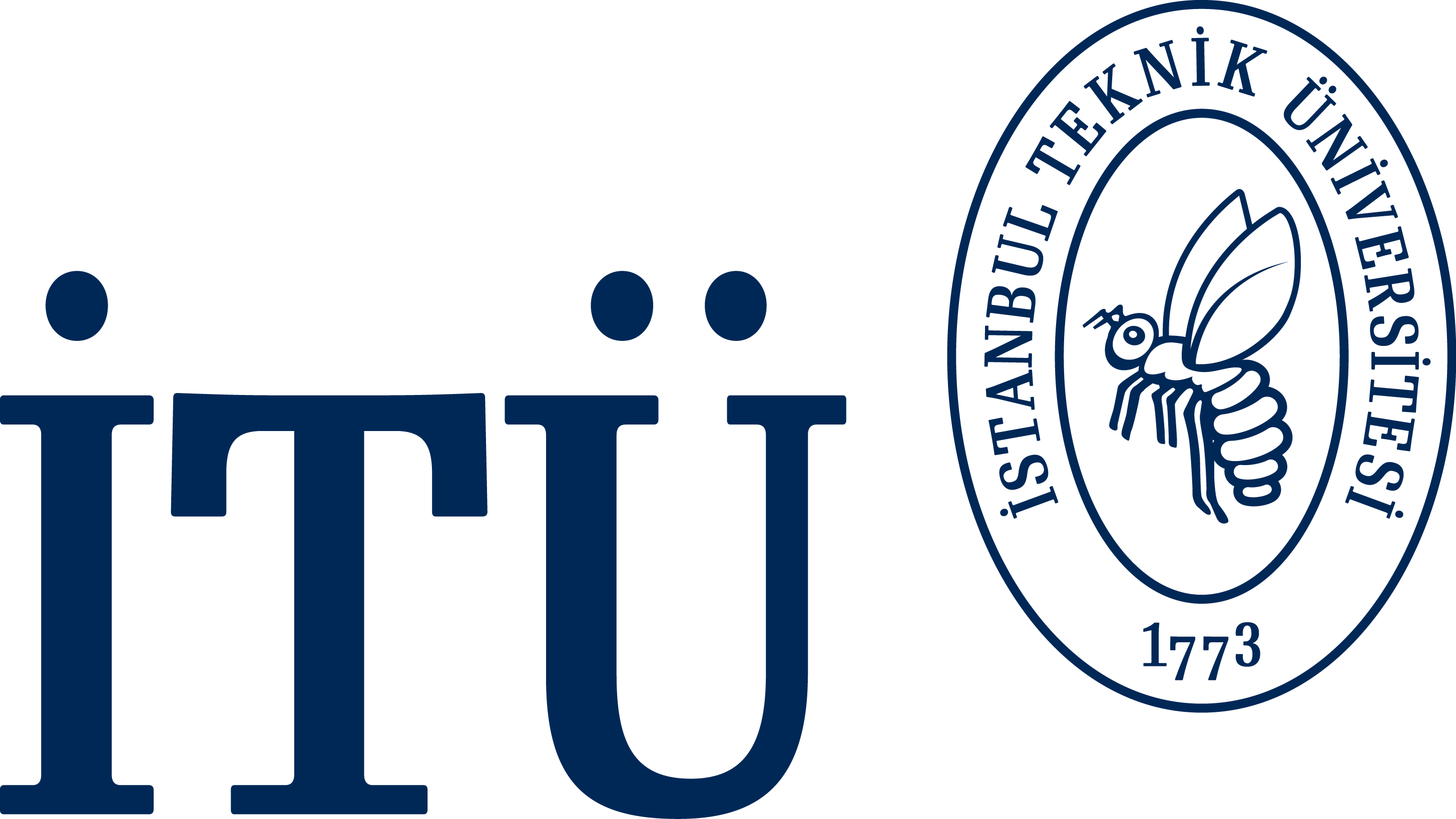
|
DERS PROGRAMI FORMU
|
Son Güncelleme (Last Update)
01.10.2025
|
| Dersin Adı: Soyut Matematik | Course Name: Abstract Mathematics |
| Kod (Code) |
Yarıyıl (Semester) |
Kredi (Local Credits) |
AKTS Kredi (ECTS Credits) |
Ders Uygulaması, Saat/Hafta (Course Implementation, Hours/Week) |
||
| Ders (Theoretical) |
Uygulama (Tutorial) |
Laboratuvar (Laboratory) |
||||
| MAT 175/E | 1 | 3 | 4.5 | 3 | 0 | 0 |
| Bölüm / Program (Department / Program) |
Matematik / Matematik Mühendisliği
(Mathematics / Mathematical Engineering) |
||
| Dersin Türü (Course Type) |
Zorunlu
(Compulsory) |
Dersin Dili (Course Language) |
Türkçe / İngilizce
(Turkish / English) |
| Dersin Ön Koşulları (Course Prerequisites) |
Yok (None) |
||
| Dersin Mesleki Bileşene Katkısı, % (Course Category by Content, %) |
Temel Bilim ve Matematik (Basic Sciences and Math) |
Temel Mühendislik (Engineering Science) |
Mühendislik / Mimarlık Tasarım (Engineering / Architecture Design) |
Genel Eğitim (General Education) |
| 100 | - | - | - |
| Dersin Tanımı (Course Description) |
Önermeler ve Önermesel Fonksiyonlar. Niceleyiciler. Kümeler ve Küme İşlemleri. Çarpım Kümeleri. Bağıntılar ve Fonksiyonlar. Denklik ve Sıralama Bağıntıları. Zorn Lemması. Bileşke ve Ters Fonksiyonlar. Birebir ve Örten Fonksiyonlar. Sonlu ve Sonsuz Kümeler. Sayılabilirlik. Cantor’un Diyagonal Argümanı. Doğal Sayılar ve Tümevarım Prensibi. Tam Sayıların ve Rasyonel Sayıların İnşası. Asal Sayılar ve İrrasyonel Sayılar. Değişmeli Gruplar, Halkalar ve Cisimler. |
| Propositions and Propositional Functions. Quantifiers. Sets and Operations on Sets. Product Sets. Relations and Functions. Equivalence Relations and Order Relations. Zorn’s Lemma. Composition Functions and Inverse Functions. One-to-one and Onto Functions. Finite and Infinite Sets. Countability. Cantor’s Diagonal Argument. Natural Numbers and Mathematical Induction. Constructions of Integers and Rational Numbers. Prime Numbers and Irrational Numbers. Abelian Groups, Rings and Fields. | |
| Dersin Amacı (Course Objectives) |
|
|
|
| Dersin Öğrenme Çıktıları (Course Learning Outcomes) |
Bu dersi tamamlayan öğrenciler aşağıdaki becerileri elde eder:
|
Students completing this course will be able to:
|